
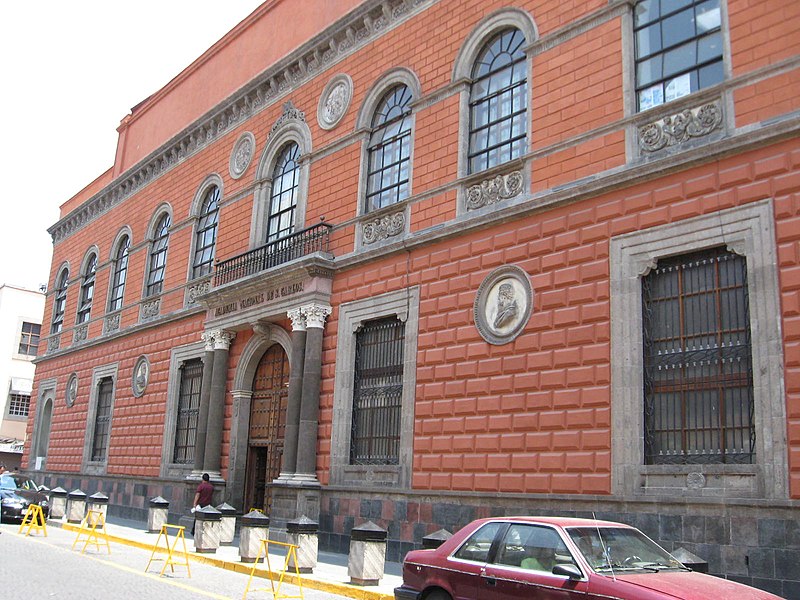
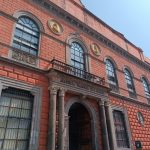 The first archbishop of Mexico, Franciscan friar Juan de Zumárraga, bought the land here and used it as of the 16th century as the Hospital of the Love of God (Hospital del Amor de Dios). It was known for the treatment of venereal diseases.
The hospital survived amidst scarcity and necessity until 1786, when it closed its doors. The land was again used in 1791 for the construction of the Royal Academy of San Carlos, which had been founded within the Mint in 1785.
By 1852 the building was restored and acquired its present appearance, under the Academy Director, Javier Cavallari. In 1913, the main patio was covered with an Art Nouveau style dome from the Parisian house of Lapeyrer. Today, the Academy has been again renovated and preserves invaluable collections exhibited to the public.
The first archbishop of Mexico, Franciscan friar Juan de Zumárraga, bought the land here and used it as of the 16th century as the Hospital of the Love of God (Hospital del Amor de Dios). It was known for the treatment of venereal diseases.
The hospital survived amidst scarcity and necessity until 1786, when it closed its doors. The land was again used in 1791 for the construction of the Royal Academy of San Carlos, which had been founded within the Mint in 1785.
By 1852 the building was restored and acquired its present appearance, under the Academy Director, Javier Cavallari. In 1913, the main patio was covered with an Art Nouveau style dome from the Parisian house of Lapeyrer. Today, the Academy has been again renovated and preserves invaluable collections exhibited to the public.
Heart of México Walking Route: Moneda - Santísima
< < Museo José Luis Cuevas |Iglesia de la Santísima Trinidad > >
Proyecto “Corredor de Cultura Digital”.
Nombre de la investigación: Investigación Centro Histórico, Monumentos, Edificios y Puntos de Interés (2023)
Dirección de investigación y diseño de Rutas: Acércate al Centro A.C. Guadalupe Gómez Collada
Coordinación e investigación histórica: Fideicomiso del Centro histórico Dir. Maestra Loredana Montes
 (55) 5522 3102 (55) 5522 0630
(55) 5522 3102 (55) 5522 0630
 https://academiasancarlos.unam.mx/conoce-la-academia/
https://academiasancarlos.unam.mx/conoce-la-academia/
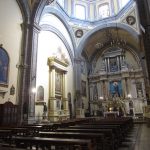
Nearest at 0.06 kms.
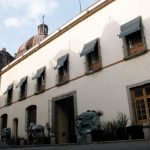
Nearest at 0.06 kms.
Nearest at 0.08 kms.

The first target of the counter-reformational Academy of Art . . .
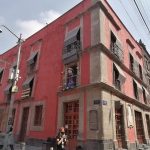
One of the Center City's most important cultural centers with a small fascinating museum...

The former Santa Inés Church & Convent provides some lively competition on a City Center street.
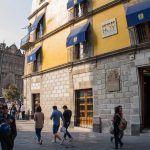
A museum dedicated to one of the oldest institutions in the hemisphere and its long role in Mexico City.
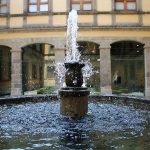
One of the leading museums of art in the country, the SHCP resulted just from tax payments - in art!